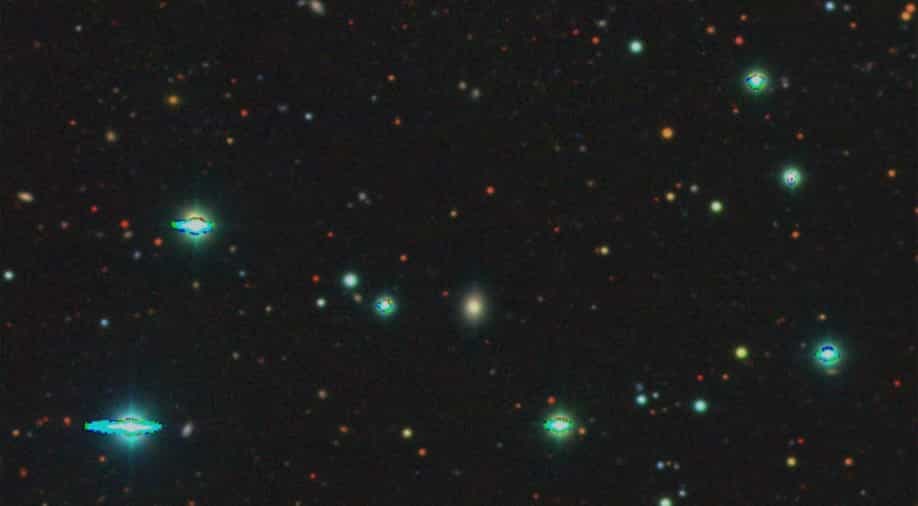Free Courses Sale ends Soon, Get It Now


Free Courses Sale ends Soon, Get It Now



Disclaimer: Copyright infringement not intended.
Context
Details
Overview of BTSbot and its Significance
Functioning and Workflow of BTSbot
Implications and Future Prospects
About Supernova
What is a Supernova?
Types of Supernovae
Stages of a Supernova
Importance of Supernovae
Observational Significance
Notable Supernovae
Conclusion
The successful application of BTSbot highlights the increasing role of AI in transforming the landscape of astronomical research and discovery, paving the way for more efficient and accurate exploration of the cosmos. Studying supernovae is crucial for understanding the life cycle of stars, the formation of elements, and the evolution of the universe. Continued research into these cosmic explosions has the potential to reveal more about the fundamental nature of our universe.
|
PRACTICE QUESTION Q. Analyze the challenges and opportunities presented by the integration of AI in the domain of space exploration and celestial event detection. (250 Words) |
© 2024 iasgyan. All right reserved